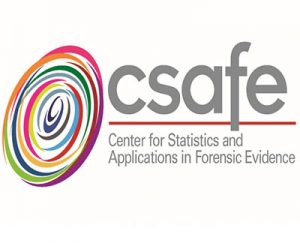On February 21, the DOJ released this document, setting out uniform language for latent print comparisons. It sets out definitions for source identification, inconclusive and exclusion conclusions and sets out certain qualifications and limitations. Below are excerpts.
Source Identification
‘Source identification’ is an examiner’s conclusion that two friction ridge skin impressions originated from the same source. This conclusion is an examiner’s decision that the observed friction ridge skin features are in sufficient correspondence such that the examiner would not expect to see the same arrangement of features repeated in an impression that came from a different source and insufficient friction ridge skin features in disagreement to conclude that the impressions came from different sources.
The basis for a ‘source identification’ conclusion is an examiner’ s decision that the observed corresponding friction ridge skin features provide extremely strong support for the proposition that the two impressions came from the same source and extremely weak support for the proposition that the two impressions came from different sources.
A source identification is a statement of an examiner’s belief (an inductive inference)2 that the probability that the two impressions were made by different sources is so small that it is negligible. A source identification is not based upon a statistically-derived or verified measurement or comparison of all friction ridge skin impression features in the world’s population.
And –
• An examiner shall not assert that two friction ridge impressions originated from the same source to the exclusion of all other sources or use the terms ‘ individualize’ or ‘ individualization. ‘ This may wrongly imply that a source identification is based upon a statistically-derived or verified measurement or comparison of all friction ridge skin impression features in the world’s population, rather than an examiner’s expe11 conclusion.
• An examiner shall not assert a 100% level of certainty in his/her conclusion, or otherwise assert that it is numerically calculated.
• An examiner shall not assert that latent print examination is infallible or has a zero error rate.
• An examiner shall not cite the number of latent print comparisons performed in his or her career as a measure for the accuracy of a conclusion offered in the instant case.
• An examiner shall not use the expressions ‘reasonable degree of scientific certainty,’ ‘reasonable scientific certainty,’ or similar assertions of reasonable certainty as a description of the confidence held in his or her conclusion in either reports or testimony unless required to do so by a judge or applicable law.


Leave a Reply